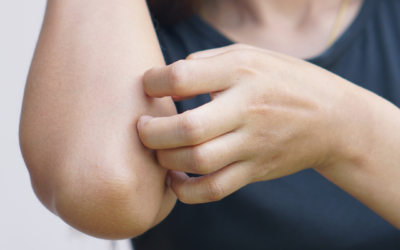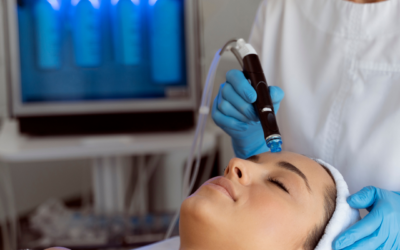
If you’re reading this, you’re probably in the tattoo regret phase, or maybe you just want to fade your tattoo for a cover up. Laser therapy has become the “gold standard” because it is most effective, and if performed by a trained specialist, will result in little to no side effects. Before you go out and have the procedure, it is vital to do your homework.
How do lasers remove tattoos?
“Lasers work by directing energy toward ink in the skin with highly concentrated colored light beams. These laser beams break up ink particles into tiny fragments, which are later cleared up by your body’s cells,” stated Dr. Peter Katz, board-certified dermatologist and tattoo removal specialist with Forefront Dermatology in Appleton, Wisconsin. “The procedure is bloodless and no incisions are made.
The laser selectively targets the pigment of the tattoo without damaging the surrounding skin.
With deeper penetration of the skin and multiple sessions, however, the heat generated by the lasers may cause pain and blister formation. Even though laser technology is refined, the chance of scarring is always present with multiple treatments.”
Who is a candidate for laser tattoo removal?
According to Dr. Katz, “Individuals with fair skin and superficially placed tattoos on the arms, chest, buttocks or legs are the best candidates. Tattoos on dark-skinned individuals, or tattoos on the ankles or fingers (areas where there is less body fat), are the most difficult to treat and results are more variable. A consultation with a board-certified dermatologist specializing in tattoo removal will determine the potential success rate of laser tattoo removal for any given tattoo and skin type.”
Can all tattoos be removed?
“Unfortunately, not all tattoos can be removed completely, but the majority can be,” added Dr. Katz. “Tattoos are meant to be permanent, and with recent ink technology and professional tattoo artists improving their skills, tattoos imprinted in the last decade are very difficult to remove. Even with the best technique, some residual scarring remains in a few cases.”
Does tattoo removal hurt?
Unfortunately, tattoos are painful when they are placed on the skin, and they are just as painful when they are removed. “The lasers generate rapid pulses that may feel different to each person, but are generally uncomfortable and feel like the snap of a rubber band to the skin,” noted Dr. Katz. Your dermatologist may apply a local anesthetic ointment on the tattoo a few hours before the procedure. In some cases, they may inject a local anesthetic into the tattoo before the procedure.
How long does each treatment take?
Laser treatment usually does not take more than a few minutes, yet this time frame varies greatly depending on the tattoo. However, multiple sessions are required to remove most tattoos. The multiple sessions are usually split over 4-8 week periods, depending on the size and complexity of the tattoo. Most simple tattoos are removed in 2-4 treatments. Removing complex tattoos often requires a series of treatments that are spaced approximately eight or more weeks apart.
Interested in Tattoo Removal?
Tattoo removal is not available at all Forefront Dermatology locations. To find a location near you that offers this service, please click here and search by location.





